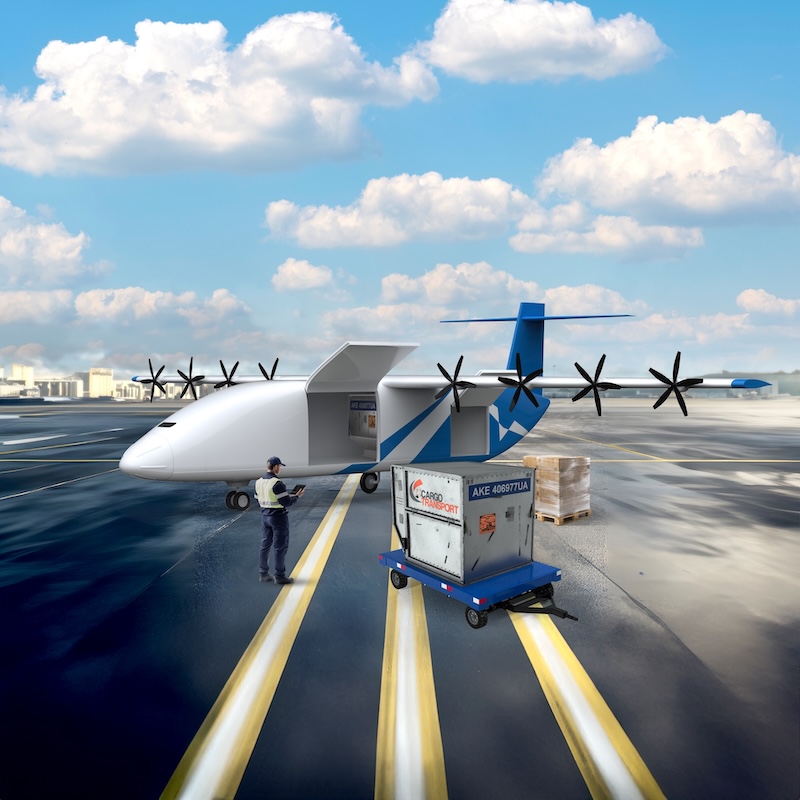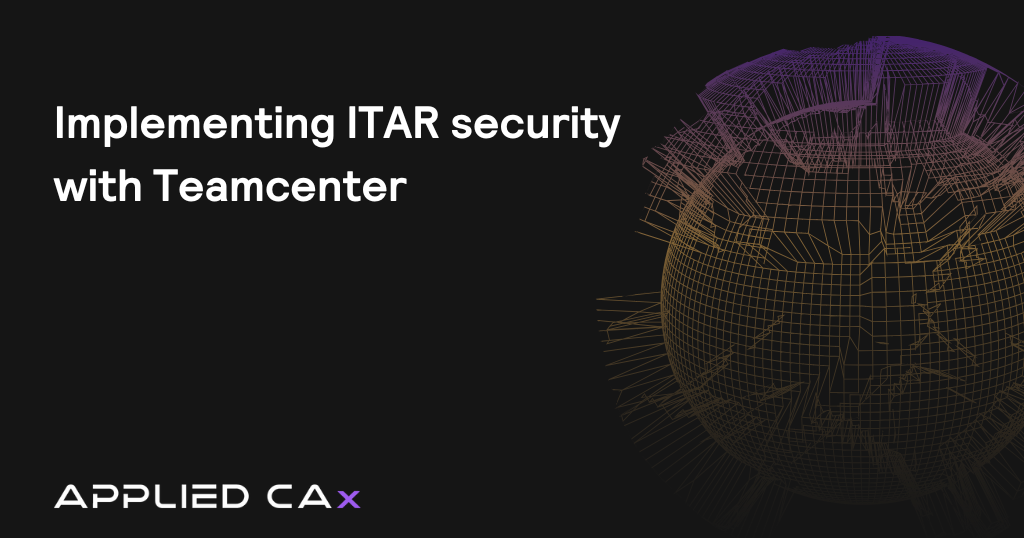We start by looking at where CFD is headed, with a focus on the development of the digital twin. Then we dive into two specific examples of design optimization.
Simulation engineers usually spend most of their time in a scenario like this: you’ve got one person or a team test exploring the design space, you’re putting together the models and trying to test and debug them. By the time there’s a solution and the team can actually do some exploration, they’ve got to wrap everything up and move on to the next fire.
But in truth most of your value is going to come from exploring and assessing the design space. That’s where you’re going to find your optimal design, your optimal solutions to the problem. The team might be missing the designs that would maximize their reduction in heat, or maximize their thermal performance or any other metric that they’re going after.
By using STAR-CCM+ the same team can discover better designs, faster. The first aspect is the implementation of parametric models. Built into Star CCM+ is its own 3D CAD tool, which is actually a pretty solid 3D CAD tool. There’s a lot that can be done with it. A user can also link to exterior CAD tools such as NX or bring in geometry from pretty much any other CAD tool out there as a native or neutral format.
One of the biggest strengths of STAR-CCM+ is a flexible, robust meshing. It was a pioneer in developing polyhedral meshing. This is a superior form of meshing, especially for handling swirling flows to make sure that your flow is perpendicular to the face. It has a surface wrapper too, enabling you to basically bring in nearly any geometry that you have no matter how complex it is.
In this seminar we also show a couple of examples that we’ve worked on at Predictive Engineering. The first one is a float mixing problem from an old HVAC job that we had some years ago. The unit sits on top of the hospital and it’s the air mix of a return air and new air mixing in before it goes into the heat exchanger racks. The challenge is to avoid getting hot and cold spots inside the system. Usually you have to have very large spaces and you have these blades so they’re set up to turn it. But in this case there are some space limitations.
The second example focuses on wind turbine blades and is a multi objective study because we want it to both look at increasing the velocity through the metal and decreasing the overall drag force. We ran through about 120 different design iterations and on the input parameters we set, when it runs into nonsensible geometry, it just throws it out, skips over it, and it goes onto the next one. It doesn’t hang up the software. It really reviews the space automatically for you.
We ended up with about a 30% increase in the velocity. So one can see there can be great gains with a higher velocity and also a reduction in the drag force.
We held this online webinar on March 21, 2019
This online seminar was led by:
George Laird
CAE Director, Principal
Applied CAx and Predictive Engineering
Clay Hearn
STAR-CCM+ lead, Staff Mechanical Engineer
Applied CAx and Predictive Engineering








